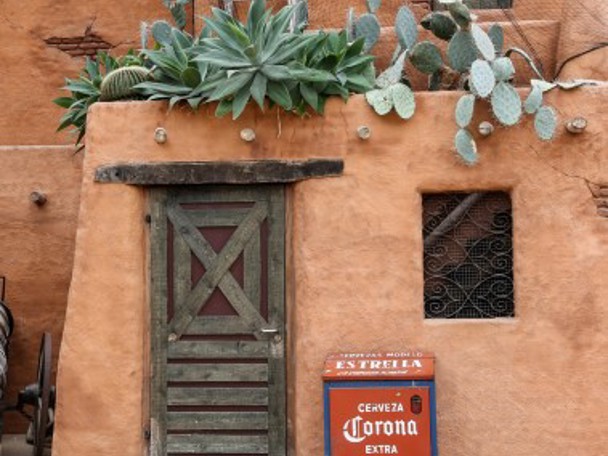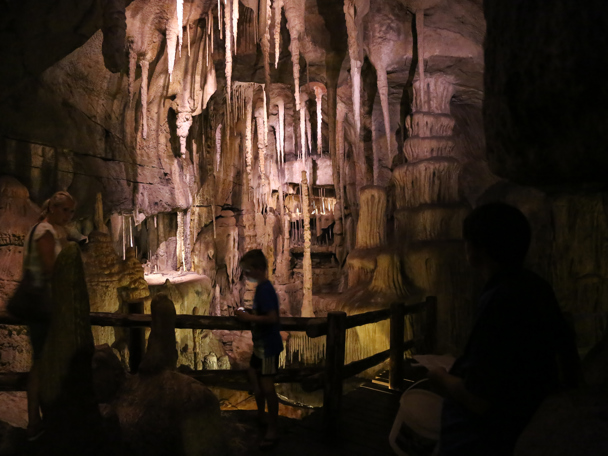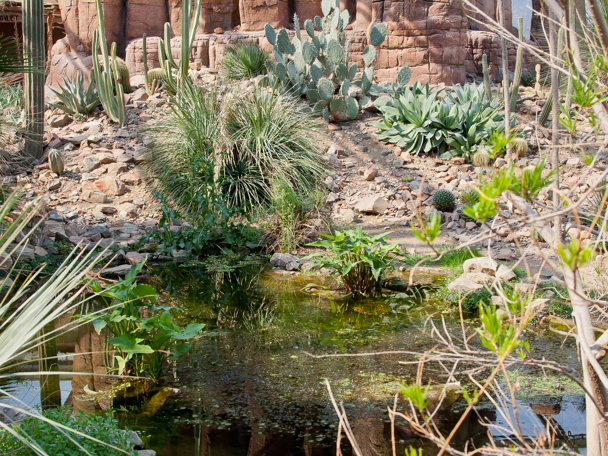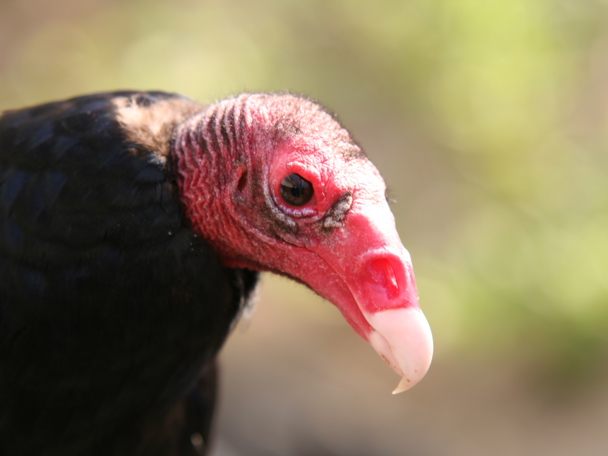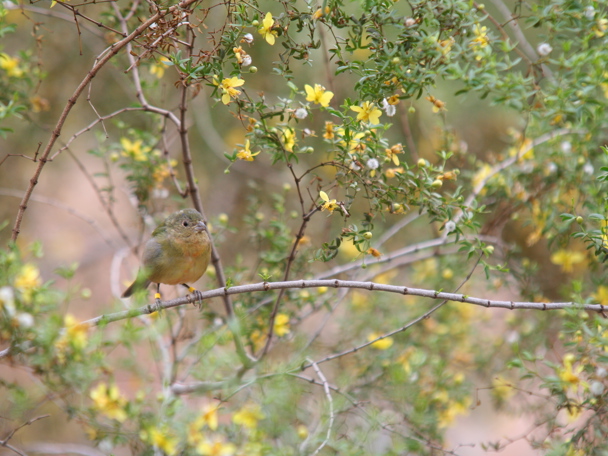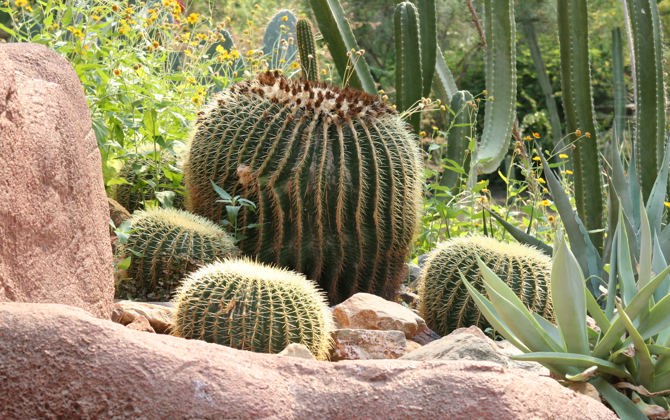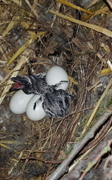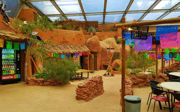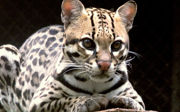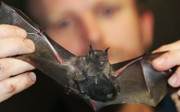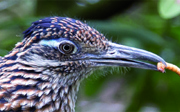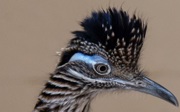Join us on an adventure in the rocky desert and enjoy the fascinating animals and plants this extraordinary ecosystem has to offer! Few zoos offer visitors an introduction to this extreme habitat: our rocky desert is the largest of its kind in Europe. Burgers' Desert (1994) is a faithful reproduction of the Sonora Desert in Arizona and northern Mexico and the Mojave Desert in California. The winding paths lead visitors through a rocky landscape characterised by canyons, dry riverbeds, caves and caverns. It quickly becomes clear that the desert is full of life!
The adventure begins when visitors from the Bush set off on an adventure through an abandoned underground tunnel and past a bat cave and a stalactite cave. Giant ammonites (fossils) can be found in the rock face, while elsewhere, water seeps through the rock face into an underground lake with blind cave salmon. In the Desert, visitors with a keen eye will recognise the subtle signs of the first human civilisations, such as rock art in the form of handprints. The distinctive Mexican pueblo in the middle of the rocky desert is characterised by its block-shaped adobe houses (made of sun-dried clay blocks), ramadas (awnings), rooftop terrace and stone oven.
Unlike the Sahara, for example, the North American rocky desert has distinct seasons. Temperatures can drop significantly in the winter, and our visitors often find it surprisingly cool in the Desert during the winter months. In summer, temperatures can get very high, just like in the real North American desert. The two rain seasons are short but intense: heavy showers temporarily flood the desert, causing annual herbs to appear everywhere, quickly transforming the desert into a sea of green. The rain season is a short period of abundance, and many birds species get their young during this time when food is abundant.
Because of the intense heat during the day, as well as the dryness, the rocky desert is a rather hostile environment to live in. Nevertheless, a surprising number of species have adapted to the rhythm and whims of desert life. An oasis, sometimes fed by a small stream of water, is often a literal lifeline for many animal species. At the hottest times of day, many animals hide or try to waste as little energy as possible. At dusk and during the night, they head out to forage or hunt for prey. Many animals have physical adaptations to conserve as much fluid as possible, such as highly concentrated urine. Some have developed methods to get rid of heat as well as possible.
Plants in all deserts in the world have developed all kinds of adaptations to survive in the hot and dry climate. Some plant species develop a fleshy trunk which serves as a water reservoir. Instead of large leaves that evaporate a lot of water, desert plants often have extremely small leaves. In these species, photosynthesis also—sometimes exclusively—takes place in the green trunk, a function fulfilled by the leaves in most other plant species.
6 November 2025
15 Aug 2022
16 May 2022
25 Apr 2022
3 Jul 2018
12 Oct 2017
5 Oct 2016
6 Jul 2016
9 May 2016
19 Jan 2016
